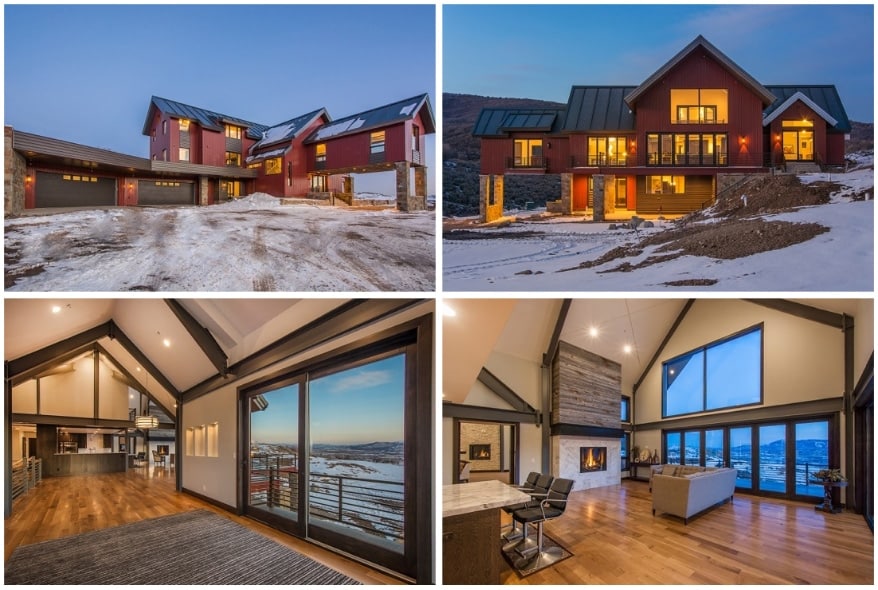

- #Energy efficiency building envelope code#
- #Energy efficiency building envelope professional#
This compliance path provides some flexibility by allowing certain elements within the same part of the code to be traded. Your local building permit office may require you to complete and submit a checklist as part of your building permit application. This compliance path involves following the prescriptive requirements of each section of the code. The NECB offers three compliance paths: prescriptive, trade-off and performance. Prior to issuing a building permit, municipal code officials will generally require evidence that the design is code compliant.
Electrical power systems and motors – Establishes requirements for monitoring energy use of electrical distribution systems, sets limits on the size of conductors so as to minimize voltage drop, and establishes standards to govern the selection of transformers and electrical motors. Service water heating – Considers all the ways hot water is used in a building and includes requirements to limit water flow rates and maximize waste-water heat recovery, and sets minimum performance standards for service water heating equipment. Heating, ventilating and air conditioning systems – Includes heat recovery ventilation, pipe and duct insulation, and building automation and control systems to optimize equipment operation. Lighting – Measures such as reducing lighting power densities, using lighting controls and making effective use of available daylight are all considered here. Building envelope – Includes walls, windows, doors and roofing, and addresses air infiltration rates and thermal transmission. The NECB focuses on five key building elements typically considered during design: This is particularly true for the building envelope. It is much more expensive to retrofit later. The most cost-effective time to incorporate energy efficiency measures into a building is during the initial design and construction phase. increase sales value between 8 and 26 percentīuilding to code is the most cost-effective option. deliver a rental premium of 3 to 5 percent. improve worker productivity by approximately 5 percent. Sustainable, energy-efficient buildings built to the code can also help to demand control ventilation for parking garagesīuilding to meet the NECB will help save on energy bills, reduce peak energy demand, and improve the quality and comfort of the building's indoor environment. new prescriptive requirements for hydronic pump systems and heat rejection equipment. updated maximum allowable lighting power densities, which are harmonized with those of ASHRAE 90.1-2013. new thermal requirements for semi-heated buildings. 
NECB 2015 contains more than 90 new changes that will further help to ensure a high level of energy efficiency in new Canadian buildings. The NECB was last updated on December 18, 2015. The current National Energy Code of Canada for Buildings (NECB 2015) The NECB outlines the minimum energy efficiency levels for all new buildings and offers more flexibility for achieving code compliance. In 2011, the MNECB was updated and renamed the National Energy Code for Buildings (NECB) for consistency with the other model national construction codes (NBC, NPC, NFC) including an average 25 percent performance improvement over its predecessor. It was Canada’s first national standard for building energy performance and it influenced the way buildings were designed in Canada for more than 15 years. How Canada got its energy codeĪ consortium of provinces, utilities, industry stakeholders, the National Research Council of Canada (NRC) and Natural Resources Canada developed the Model National Energy Code for Buildings (MNECB) in 1997.
#Energy efficiency building envelope professional#
Energy codes result from deep consultation among governments, industry and professional experts. Around the world, energy codes are recognized as one of the most cost-effective tools for achieving energy efficiency in buildings.






 0 kommentar(er)
0 kommentar(er)
